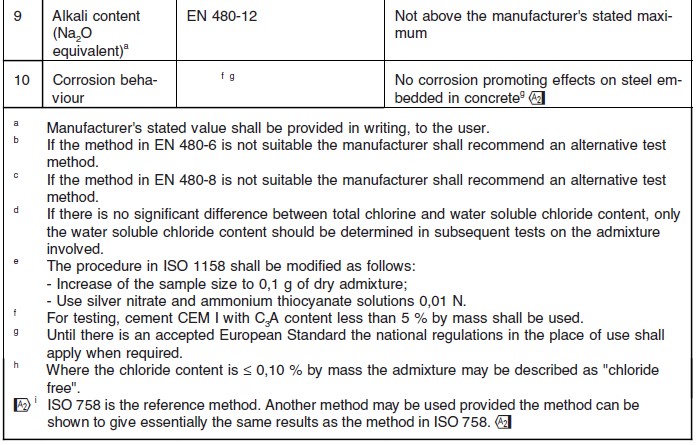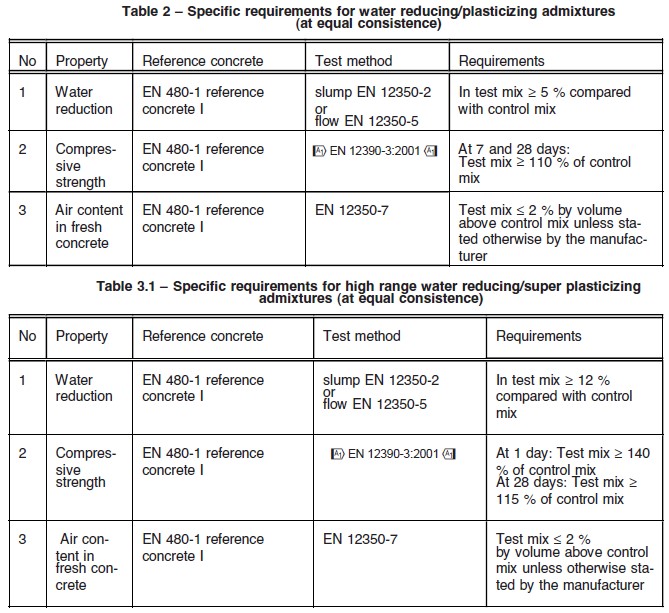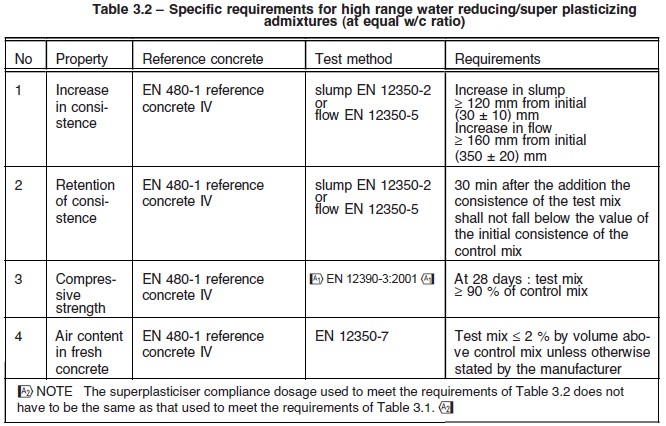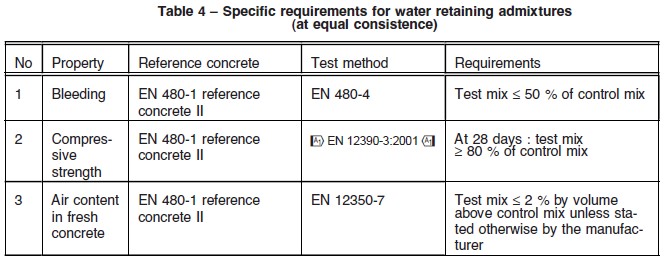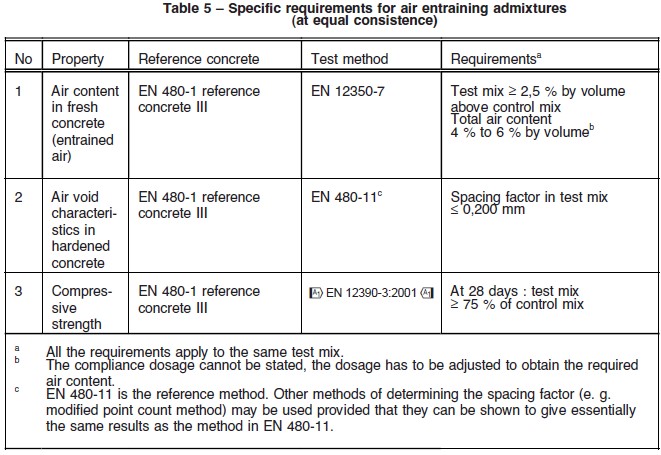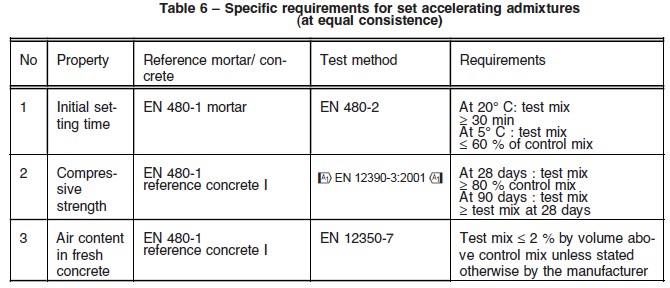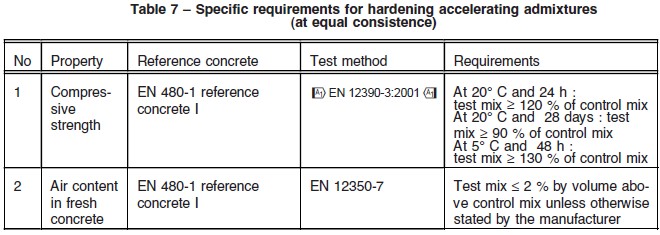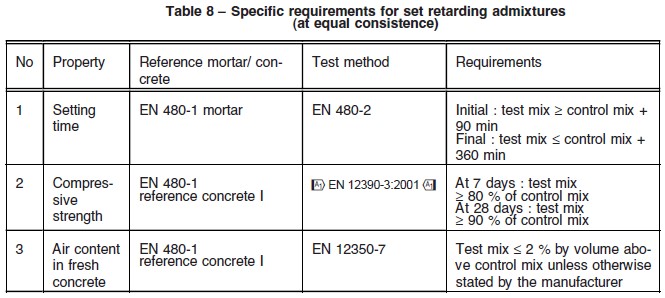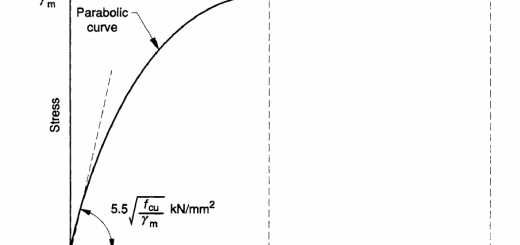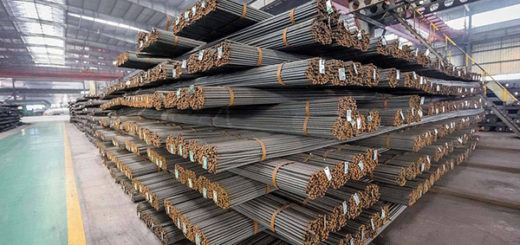Concrete Admixture Testing
Concrete admixture testing needs to be done to make sure it complies with the supplier’s product specification and to make sure it satisfies the code requirements.
What is Admixture
Admixture is an additive to the concrete at the time of making or after the mixing to enhance the properties of the concrete.
The following key features can be highlighted.
- Reduce the water content and increase the workability
- Reduce the cement content
- Delay the setting time
- Raid hardening, early gain strength, etc.
Nowadays, there seems no concrete made without an admixture. Depending on the design requirement, the type of admixture is selected.
The article Superplasticizers [key factors to be known] could be read for more information on modern admixture types.
Further information could be referred from the article Concrete Admixtures – types and functions.
Admixture testing can be done in two stages.
- Test Admixture
- Test Concrete
Admixture testing shall be done before the use as specified in the project specification or the supplier. Some of the terms could be evaluated based on the supplier’s specification as BS EN 934-2-2001.
Some of those tests are Relative Density, pH value, etc.
However, other parameters of the admixture shall comply with the code requirements.
The following tables extracted from BS EN 934 indicated the limiting values for test results of different types of admixtures.
General Requirements
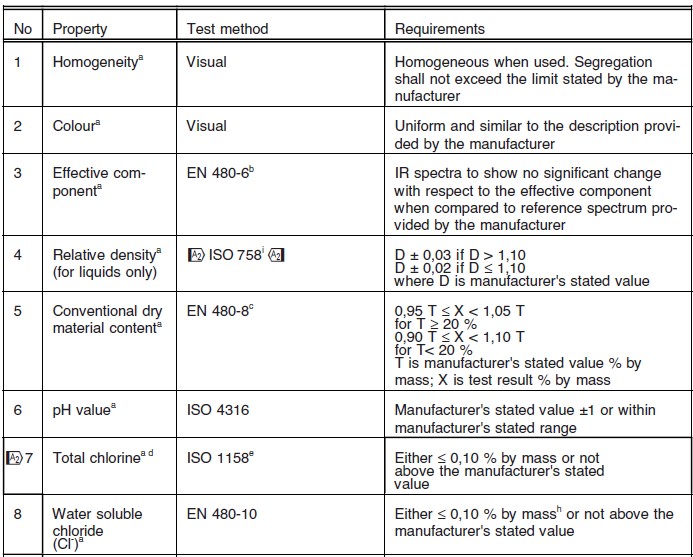
Water Reducing Admixtures
Water Retaining Admixtures
Accelerating Admixtures
Set Retarding Admixtures
Similarly, there is much more requirement for each type of admixture.
All the information on admixture testing could be obtained from the code EN 934 – 2 – 2001.
Mostly the following are tested in admixtures under general requirements.
- Relative density
- pH value
- Total Alkali Content
- Dry Material Content
- Water-Soluble Chloride Content
- Initial Setting Time
- Final Setting Time
As mostly noted in the manufacturer’s specifications, the amount of the admixture to be used for better performance is a trial and error process.
However, generally, the manufacturers specify the range of columns to be used for the concrete mix. It generally appears in letters per 100kg of cement.

